For the past few weeks, we’ve been exploring nine different growing regions across China and nine different families. As we explore, we’re working to understand what it is about each region that makes each unique, teasing apart how regional differences influence the values of growers and craftspeople, and why our partners’ particular combination of weather, soil, varietal and craft brings them awards, national recognition and inspiring tea.
Part four of this series explores the Longjuan region of Anxi county in Fujian with our partners the Liu Family, based in Changtacun. Though Longjuan is less famous than many other regions in Fujian’s Anxi country, our favorite teas coming out of the region rely on craft and innovation to produce new and experimental cross-over teas.
PART FOUR: the Liu Family
Changtacun, Longjuan, Anxi, Fujian
While regions within Anxi County like Daping, Xiaoping, and more are famous all over China for their Tieguanyin culitvar oolongs, Longjuan has remained largely out of the spotlight.
Perhaps other regions’ proximity to tourist ecological preserves and to the Anxi county seat made their Tieguanyin more popular earlier, or their teas were simply marketed and endorsed earlier on. For a variety of reasons, Longjuan is a relatively more obscure growing region despite being rich in mountain springs, terraced slopes and biodiversity. That obscurity, combined with intense competition from Tieguanyin growers across Anxi, has shaped the way that tea is grown.
Originally, the Liu Family – our partners in Changtacun – were introduced to us by He Qingqing in Laoshan.
Qingqing went to school with Ms Liu at Qingdao University, and their tea shops are now right next door. Ms Liu and her son often stop by to catch up, and the two help each other package teas and watch the shop. Ms Liu’s son is a frequent visitor after school, where he helps Niuniu with her art projects while he works on homework or comes to taste whatever Qingqing is brewing.
The Liu Family’s mountain plot is well-above Changtacun proper, and requires a hike to the very top of one of the mountains framing the valley. The top of the Liu Family’s peak flattens off into a plateau, a unique feature in Fujianese tea growing mountains. This plateau allows the Liu family to cultivate more high elevation tea at once, with all of it benefiting from the shade of the mountain clouds, and from the rocky mountain soil.
Ms Liu’s younger brother explained how their area once was the home of a mountain fort. where local legend tells stories of bandits up in the mountains. While the details are uncertain, remains of a fort-like structure on the top of the peak have been found, and perhaps this earlier human activity created the flatter plateaus on the peak that now provide a welcome home to Tieguanyin tea plants.



True Tieguanyin varietal tea has a lighter flavor and aroma than teas like Huang Jin Gui or Jin Guanyin, but a longer and more drawn-out aftertaste with more intense sweetness.
The Liu Family’s Tieguanyin was planted several generations ago by Miss Liu’s great grandfather. While farmers like Master Zhang in Daping have the luxury of planting dozens of different varietals for research and experimentation, people in the Longjuan region work almost exclusively with the Tieguanyin varietal.
This is partly because it is tested and true in its suitability to the cool rocky microclimate, but also because Tieguanyin varietal has the most stable and widespread recognition and demand. The Liu Family also grows a small amount of Huang Jin Gui, whose bright green buds light up the fields much earlier than Tieguanyin in the spring time and help extend the growing season into the early part of the spring.
One hundred years ago, the demand for Tieguanyin and tea in general was nothing like it is today.
Even in the 1970’s, there was not nearly a big enough market to make large-scale tea growing make sense for the area. Without name recognition and domestic demand, locals couldn’t get a high enough price to justify the effort and land.
The growing demand for tea has brought new life to the region and to Changtacun in particular. Mr. Liu talks about how everyone used to farm cabbage and staple crops, mainly for self-subsistence. The introduction of tea has raised up the entire area and brought a new means for a better life.
Through tea, the Liu Family was able to help their daughter go to Qingdao University to study, where she opened a shop to share her family’s tea in Northern China.
The rest of the family lives in the old family home on their mountain plot in Changtacun and farms their own vegetables alongside tea. Mr Liu runs the family’s fields and workshop, along with his son and youngest daughter.
He hopes that through hard work and dedication he can build his family’s tea into something that his gradnchildren want to carry on.

As Mr Liu explained, there is already enough classic green Tieguanyin in the world.
He wants to do more than subsist on tea. He wants to use craft to bring prosperity and even fame to his family and his neighbors.
When he was a young man, Mr. Liu started by following traditional oolong technique. Indeed, even today, the Li Family makes a fine and nuanced traditional tieguanyin and dark roast tieguanyin.
In recent years, however, he has branched out into experimental teas. Mr. Liu began experimenting with using Tieguanyin cultivar to make black teas just before his children were born. Mr. Liu is now a granfather, and his family’s Teiguanyin black teas are a unique and important part of the Liu Family’s collection.
The most successful recent experiments have been to use the buds of spring Tieguanyin to make a Jin Jun Mei style black tea, and use the leaves to make a(n unsmoked) Zheng Shan Xiao Zhong style tea. These black teas still have the floral sweetness of tieguanyin, transformed through careful craft.
Several years ago, Mr. Liu began pressing his dark roast Tieguanyin into cakes for aging, a process that has yielded rich, dark and foresty tieguanyin unlike loose Daping aged Tieguanyin. Although the cakes resemble pu’er tea cakes or white tea cakes, the techniques is actually a new take on an old Anxi tradition of aged oolong teas that are pressed and used medicinally for over many decades.
This summer, Mr. Liu is even beginning to experiment for a potential autumn harvest of Tieguanyin cultivar Shou Mei style white tea!
It is so incredibly exciting to see these experiments as steps to move the whole region beyond a single “cash crop” and into a new era of leadership in the industry through innovation.
Want to try the latest new teas from the Liu Family?
Don’t miss their August Tea of the Month Club box – available through August 15th, 2018!
In our next installment of this Field Guide series, we will be introducing our newest partner tea farmers, the Wu Family based in Wuyangcun in Fujian!


 How To
How To Myths & Legends
Myths & Legends Travelogue
Travelogue Tasting Journal
Tasting Journal Talking Shop
Talking Shop Tea 101
Tea 101 Watch
Watch Teaware
Teaware News
News



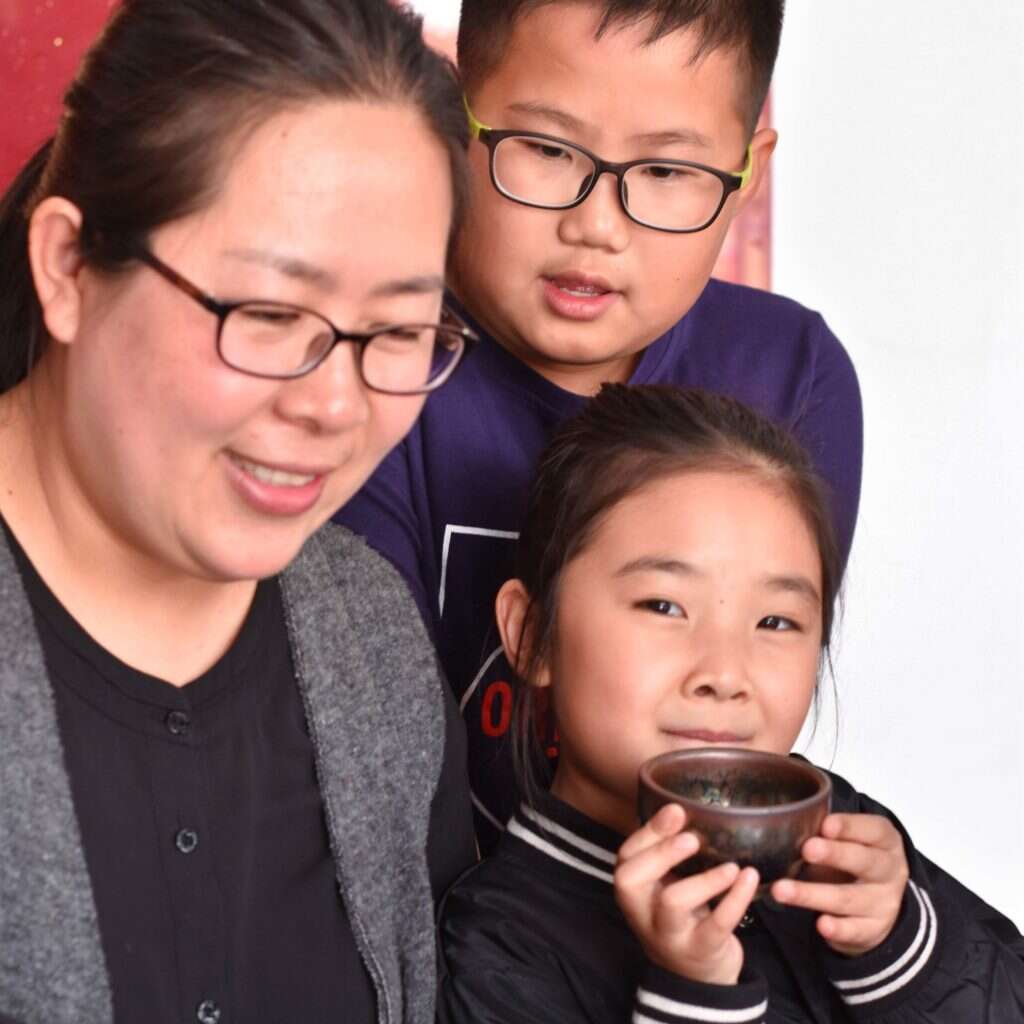
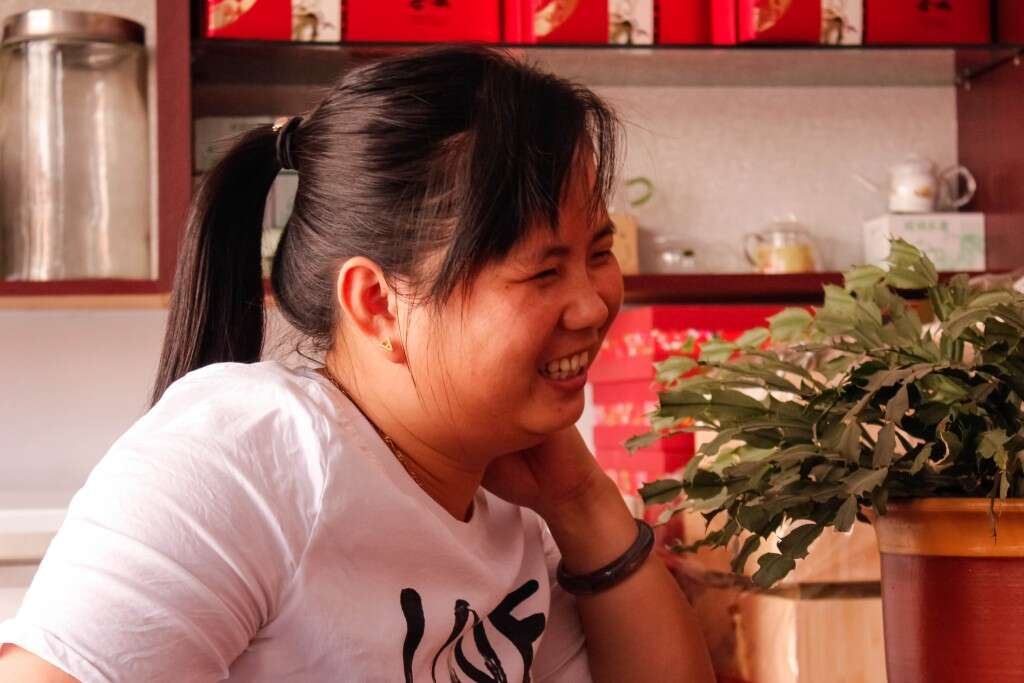

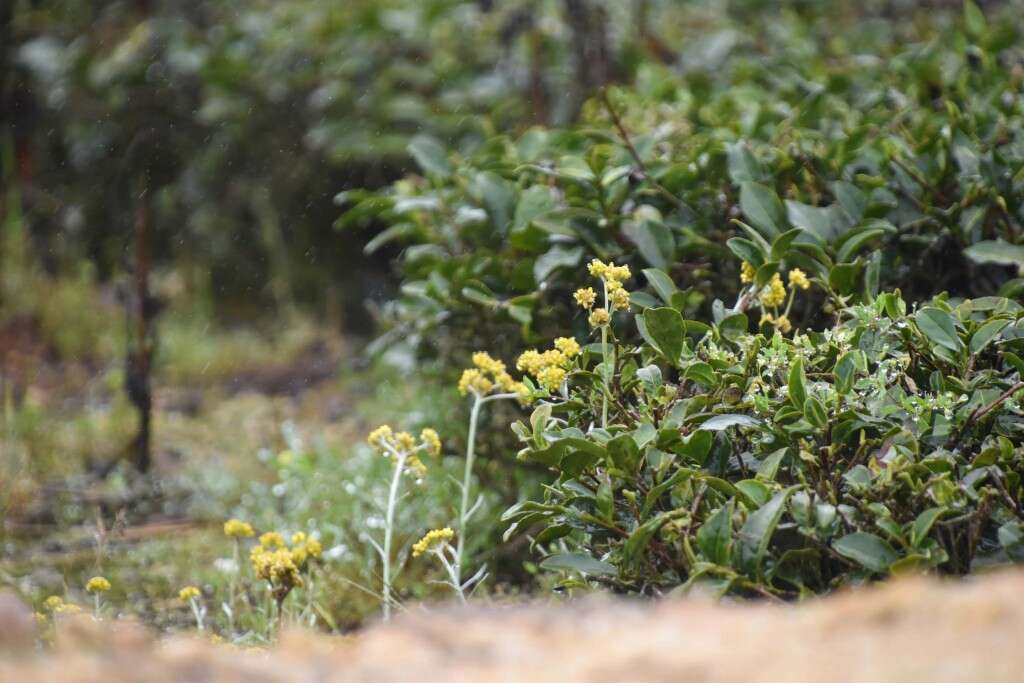
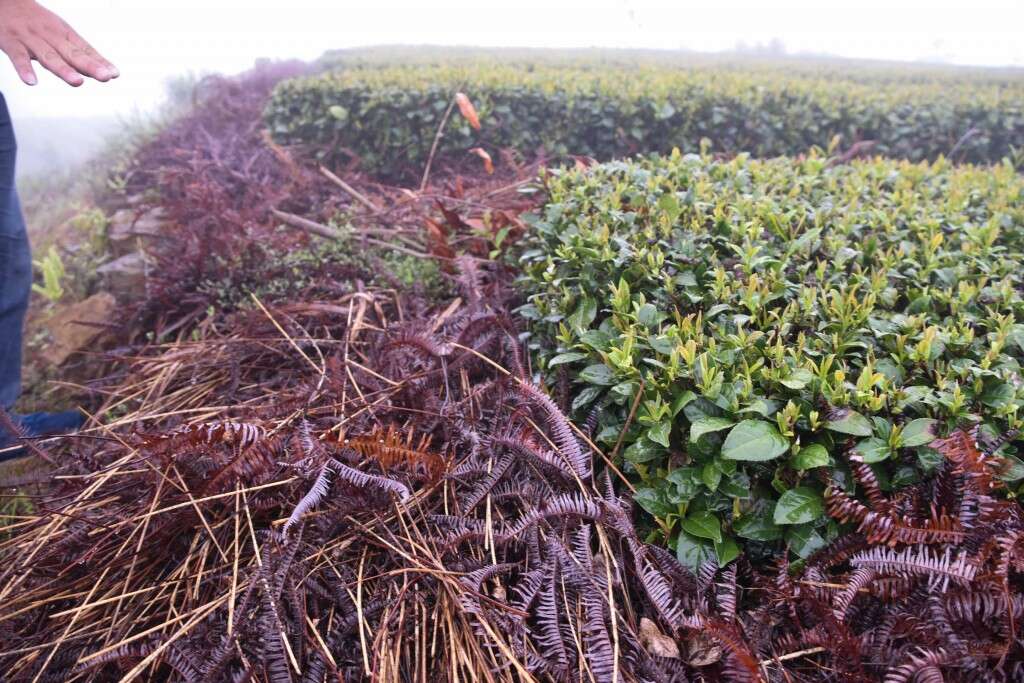



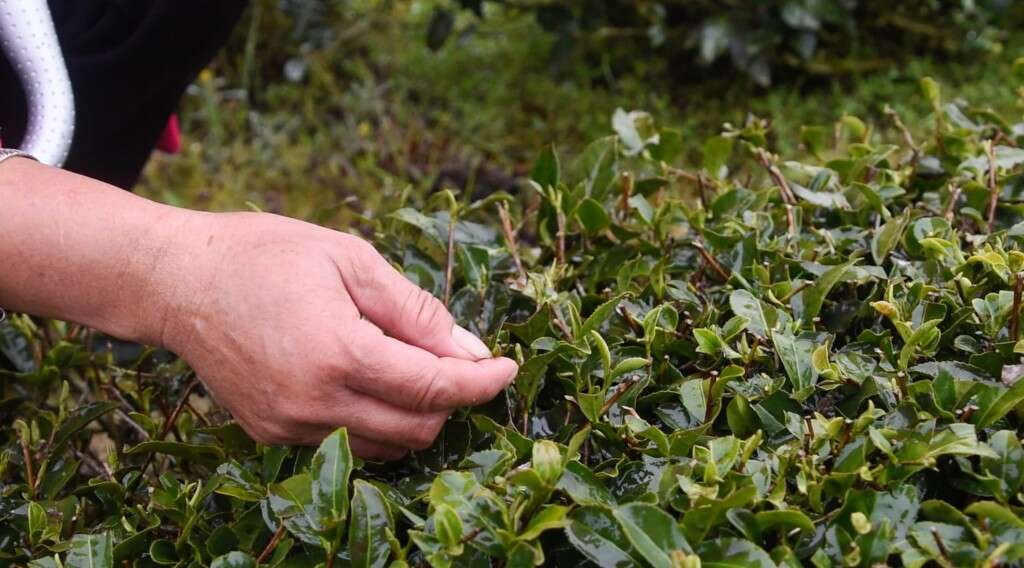


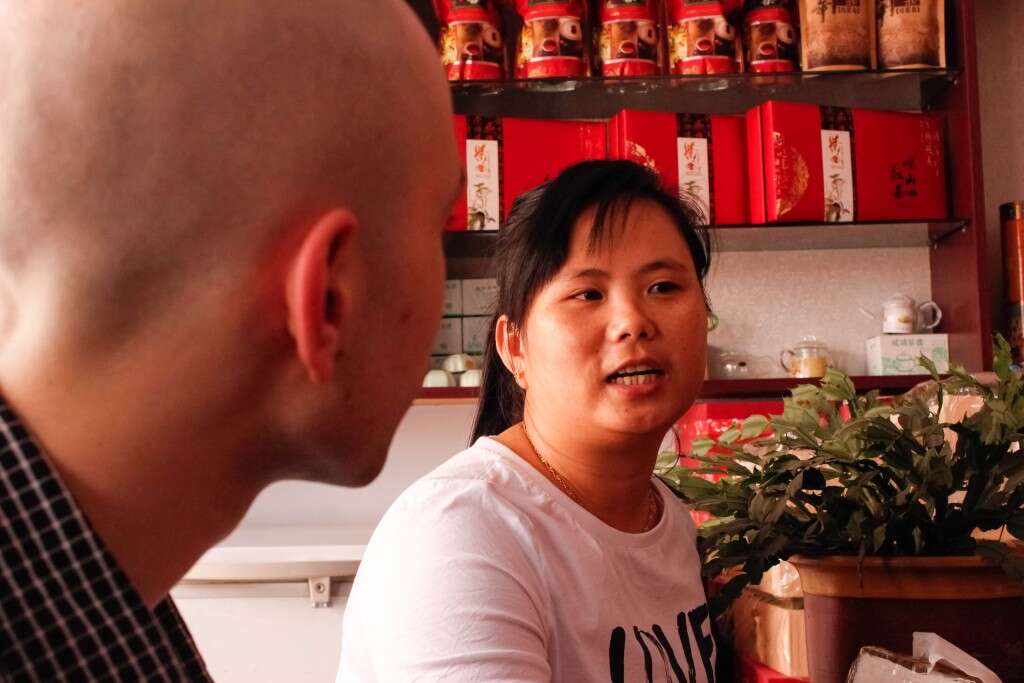
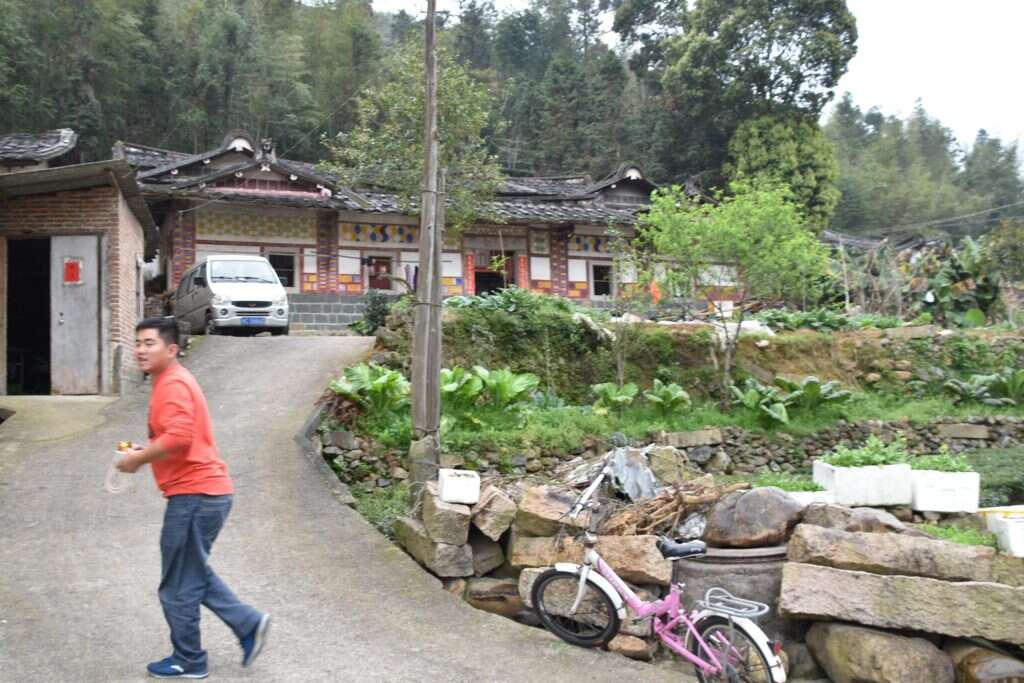








Leave a Reply